https://www.youtube.com/watch?v=QRZ_l7cVzzU
How to Build An MVP _ Startup School

All right .
Uh Today , I'd like to talk to you about how to build an M V P or a minimum viable product .
So , if you haven't seen this before , this is a meme that we love to talk about when trying to help founders with their M V P .
It's called the mid wit meme , the person who is the Jedi , the super intelligent , the founder , who's doing all the best things and knows all the best things and the idiot .
The first time founder , the founder who has no idea what's going on .
Many times .
These two founders will actually come to the right decision before the founder who is really smart is trying to work really hard and do everything right .
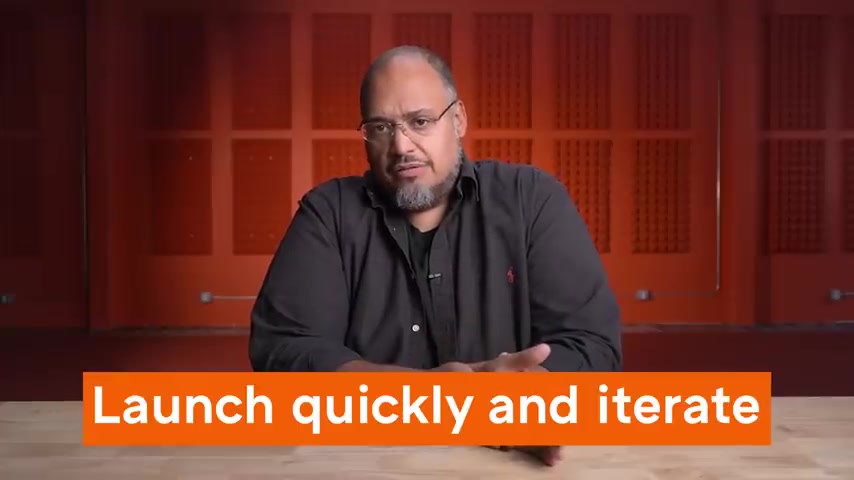
And so in this situation with the M V P , the best advice is to actually launch something quickly at iterate , get a product into the hands of your customers and then learn whether it helps them or it doesn't and then iterate it , improve it over time .
The wrong answer is to do 100 surveys and 600 user interviews and contact every single one of the competitors and spend , you know , a year fundraising and hire 100 people .
And you know , all these other things that you can distract yourself with that , it might appear like other smart things .
But in reality , they really don't highlight the most important point about an M V P , which is you'd only really start learning about your user when you put a product in front of them .
That doesn't mean that the thing you build an M V P is gonna work , right ?
It's probably not gonna work .
It's just the best way to start the conversation with the user and how you can solve their problems .
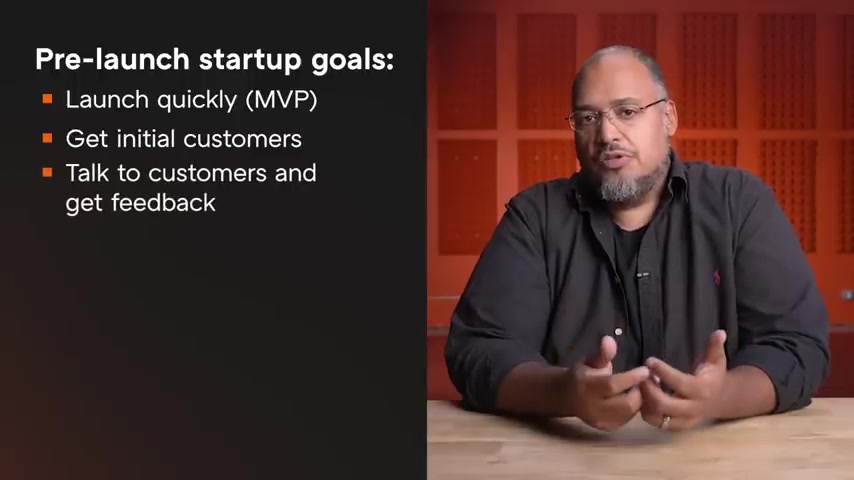
So to summarize that point , the goal that you should have as an early stage founder is you should be getting a product out into the world quickly , minimum viable product .
Second , you should be talking to some initial customers and trying to figure out what you can do to make that product useful for them .
You should care about how to help them accomplish their goals .
And you should try to figure out how can I change and iterate my product so that it actually helps them accomplish those goals .
And then rinse and repeat , talk to more users , iterate your product , talk to more users iterate your product more often than not after 3456 iterations , your V P is gonna be very different .
You have learned so much .
But by having that conversation with users and by letting them see your product evolve you can actually make them more excited , more likely to use your product , more likely to pay for your product .

And you can learn 10 times more than just talking to your co-founders or thinking about in your head .
So the challenge today is that a lot of people are knocking M V P S .
A lot of people are talking about minimum lovable products or minimum be useful products .
And honestly , a lot of founders actually just want to build , you know , God level products .
You know , the Steve Jobs level make the iphone and change the world .
There's this misconception that starting with something small that might not work very well is a bad idea .
There are a lot of people who worry that if you start with something small and you give it to a customer and the customer doesn't like the product , you'll never be able to talk to them again .
What I will tell you is this , in most cases , the people who are interested in talking to a startup are early adopters .
They're used to using products that don't work very well .
And the reason why they're talking to you is not because they think your product is gonna work great .
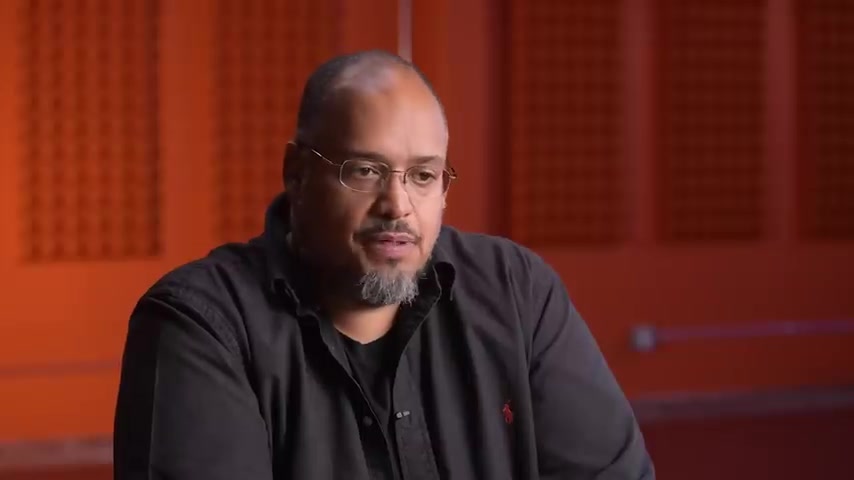
It's because they have a real problem and they're open to using new software .
So you don't have to worry about losing these people .
These are the kinds of people who try new products all the time .
These are the kinds of people if you tell them , hey , look , I can't promise it's gonna work perfectly from day one .
But if you keep working with me , we'll make it better and make it better and I'll make sure it works for you over time .
These are the kinds of people who respond to that pitch .
It turns out the people who will run away after seeing your product break and never use you again .
They're never going to try your product in the first place .
They're not early adopters , they don't use new software .
So you don't have to worry about losing those people because you never had them .
You're not gonna get them to get started .
Now , one of the things we have to work on at Y C a lot is fear and this is the biggest fear that founders have is a nonspecific fear of , oh my God , if I give people my product and they don't like it .
Boom .
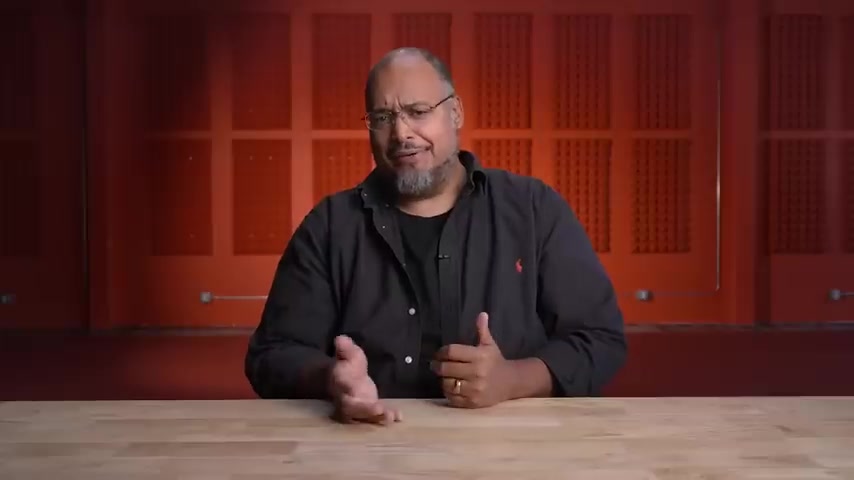
My company dies and it's always like hilarious because when we think about this , it's like , well , your company doesn't actually die , right ?
Like it doesn't die tomorrow .
It's not like game over .
You haven't run out of money .
All your co-founders are gonna quit .
Whenever we encounter these fierce scenarios , we like to dig in and kind of ask like , well , what would actually happen ?
Like , imagine the worst case scenario .
You do talk to a customer , you do demo your product , it doesn't work .
They don't want to use it .
You wake up the next day is anything that different ?
Can't you reach out to someone else ?
Can't you reach back out to that customer who you demo to a week later when you've made the product better ?
Is your startup actually dead more often than not when you have this fear .
What you should be doing is kind of leaning into it and asking yourself is this fear real is my company actually going to die if this scary thing happens .
And it's not bad to feel the fear , but it is bad to act on it .
It is bad to spend one year building your M V P because you're afraid the first customer might not like it .
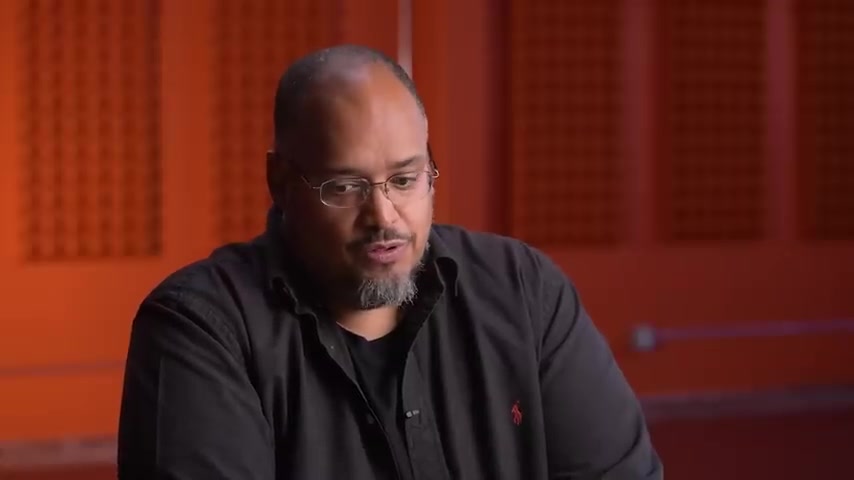
Now , there's another group of folks who thinks I know what the perfect product is and I know it's going to take a year to build .
Why would I build shitty versions of it ?
I like to call these folks fake Steve jobs .
And it's really a massive misconception of what great product people do .
A lot of people thought of Steve Jobs as the kind of person who could just imagine great products in his mind and then bring them out into the world .
But what's funny is that most of the time when people think about the products that Steve Jobs is most known for , let's say the ipod and let's say the iphone , you wouldn't take enough time to look at all of the different iterations of those products over time often when someone tells me like , oh , well , you know , Steve Jobs released an amazing phone .
First time I say , well , do you remember that the iphone started without an app store ?
Do you remember ?
You couldn't take video with the first iphone .
Do you remember that ?
The first iphone only had two G and not three G .
So it really , really , really bad internet .

Like most people don't remember that most people , the iphone that they actually think of as iphone was like the third or fourth iteration of the iphone .
The first version of the ipod had like an actual physical scrolling device where like San would get stuck into it and it would break all the time .
Even the great Steve Jobs iterated his products over time .
So if you find yourself being a fake Steve Jobs thinking I know exactly what the customer needs , I just need to raise $10 million spend a year building it and then launch it .
Think again , right ?
Like if Steve Jobs needed multiple tries to get his products , right ?
Maybe you need to as well .
Next , let's look at some examples and in all these examples , you're gonna see three pretty simple points .
First , all of these products were fast to build , they could get out of the market quickly .
Second , they all had very limited functionality .
The third and interestingly enough , all these projects appealed to a small set of users .
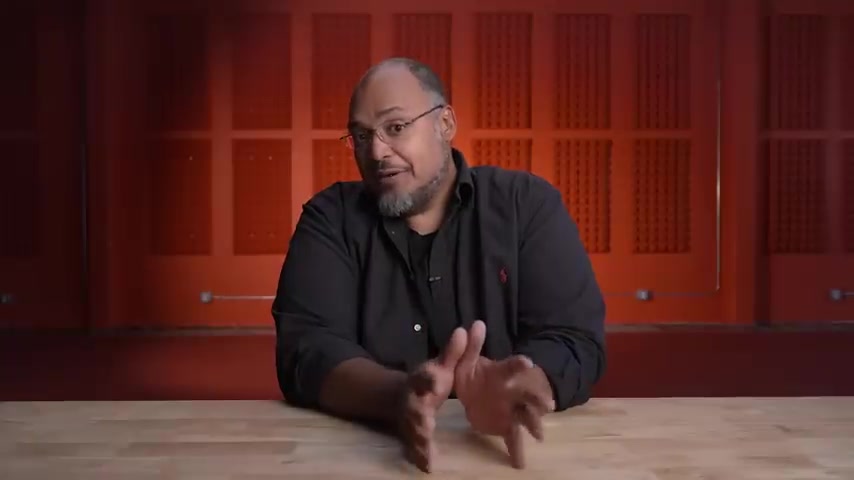
These founders realized that just making something that a small group of peoples loved was far more important than making something that can address all the needs of all potential customers from day one .
So here's what the first version of Airbnb looked like .
And if you were a user when Airbnb first launched , here are some of the fun things that you didn't get to experience .
There were no payments .
If you found a place on Airbnb , you couldn't pay for it there , you had to arrange for payment some other way , there was no map view .
So there was no way for you to actually see where the places were in the city .
That's a pretty basic 13 even more funny .
You had to stay on an airbed like you couldn't rent out your whole house , you couldn't rent out a room in your house .
Then fourth , the first version of airbnb only worked for conferences .
They would literally spin it up in a city when there was a conference and when the conference was over , they'd spin it down .
That was Air B N B to start .
That was the M V P .
Here's a second example .
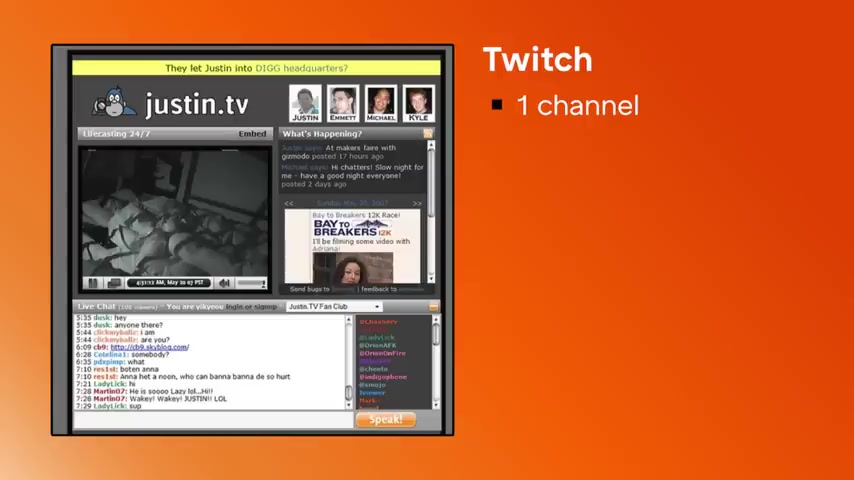
This one's my company , Twitch .
Twitch started as a site named Justin TV , where my co-founder , Justin had a camera on his head to broadcast 24 7 .
In the first version of Twitch , there was only one page , the page that you're seeing here .
There was only one streamer His name is Justin .
There's no video games except for like we randomly would play video games sometimes like a guitar hero or something like that .
And streaming was ridiculously expensive .
We were paying a CD N .
We hadn't built our video system yet , but this was the first version of our product .
Now , when you go to Twitch , it's completely different .
But this is where it started .
Finally , we have Stripe .
This was the first version of Stripe back then .
It didn't even have the name Stripe .
It was called slash Deb slash payments .
Back then .
They had no fancy bank deal .
They were working with a tiny bank .
There was literally no direct API s with that bank for setting up accounts .

So they'd have to call the bank and every night file manual paperwork for you to get your account set up .
And there are almost no features in their API the first version of Stripe was so basic that even us back in the day at Twitch couldn't use it because it didn't have enough features .
But the folks who could use it were early stage Y C startups who all they wanted to do was accept simple credit card payments from their customers .
That's all Stripe did in the beginning .
And that was more than enough to get started .
So you might ask your , so who are these people who actually want to use ?
Crappy M V P S ?
You're telling us that they're going to be built fast .
They're gonna probably not work that well .
And we're gonna have to iterate the hell out of them in order to actually make them good .
Who are these early adopters who want to go through that experience ?
There's this fun analogy that I was told as an early stage founder , it was , you want to build your first version for customers who have their hair on fire and never quite understood what that meant .
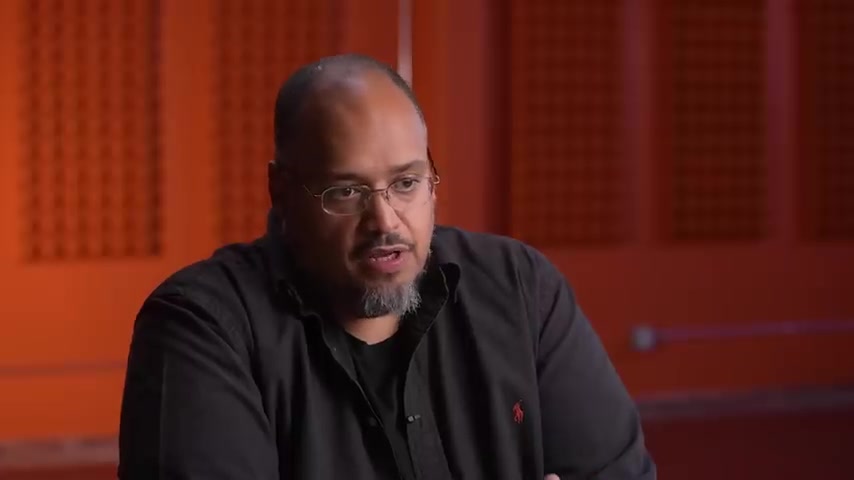
I mean , like it makes sense , I guess , but I always found it more useful when I attached a story to it .
So imagine that you are a person and your hair is on fire right now as you're watching this .
Now , imagine if I was sitting in the room next to you .
What is the thing that you wish I could sell you to solve this problem ?
Your hair is currently on fire .
Probably most of you will think some version of a bucket of water hose , some kind of water thing .
Now , that is a great product .
That's like the iphone today that would solve your product immediately .
I don't have that .
I'm a founder .
I've got an M V P .
What I'm selling is a brick .
Now , what would you do if I was selling you a brick ?
Now , some of you are like , well , I would , you know , I would leave the room like I couldn't use a brick bla bla bullshit .
Your hair's on fire .
You would buy that brick and you would hit yourself on the head with the brick to smother the fire .
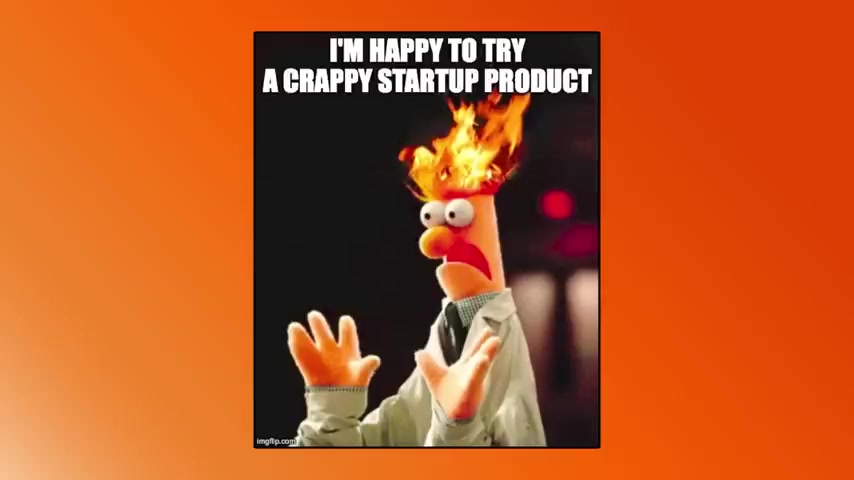
That's an M V P .
It's not the perfect solution , but you are in so much pain as a customer , you will use a non perfect solution to solve your problem .
That's the customer you should be going after for customers who are not desperate .
You can wait .
You don't have to go after them .
Now , just go after the desperate ones first .
It'll make your life a lot easier .
No , I , I know some of you , um , especially those who've gone to business school .
I know a lot of you have said I can skip this step instead of building an M V P iterating , iterating .
Why don't I just survey my users ?
Why don't I just talk to 100 users and they'll tell me what to build .
I wish this is the case .
I wish that users could just tell you what to build .
And then if you built those things you'd win .
In fact , I think every business wished that was the case .
Here's the problem .

Your customers are experts in their problem , but they actually don't have all of the answers and how to solve their problem .
That's your job .
That's the job of the person who's building a new product surveys might help you understand the pain that your customer is going through , but they will never help you figure out how to solve that pain .
The only time that you start having that conversation with the customer is when you can put a product in front of them , preferably a crappy M V P and start saying , does this solve your problem ?
I haven't really seen a shortcut to this step .
I haven't seen a shortcut of building something pretty fast .
That's pretty crappy to get started .
And even for larger companies , even for enterprise software companies , if you go back in time , the first versions of their product , they were not perfect , they were far from it .
They were the minimum that those customers were willing to use .
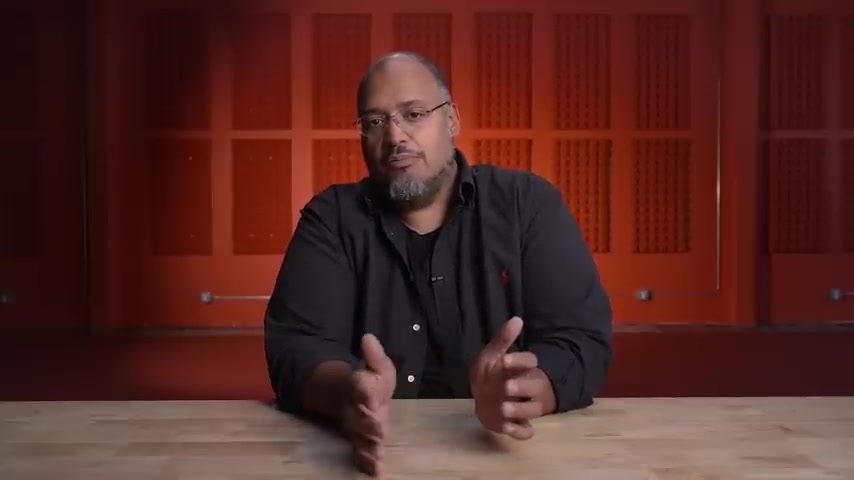
So across the entire board , you got to start with the minimum viable product .
I think one of the most important points that I want to leave you with is that you don't start your startup with all the answers .
Building a startup , especially the first phase of building a startup , prep product market fit is all about learning .
It's all about taking some of the insights that you start with , bringing them to the market and learning most of the solutions .
Most of the best parts of products we use today were discovered after those products were launched when those founders were learning from their users and building and launching M V P is the fastest way to start the process of learning .
And the faster you learn , the more likely you are to build something that people love before anyone else .
So let's say I've convinced you that .
Now you actually want to build an M V P .
How do you make sure you do it quickly ?
Here's some tricks .
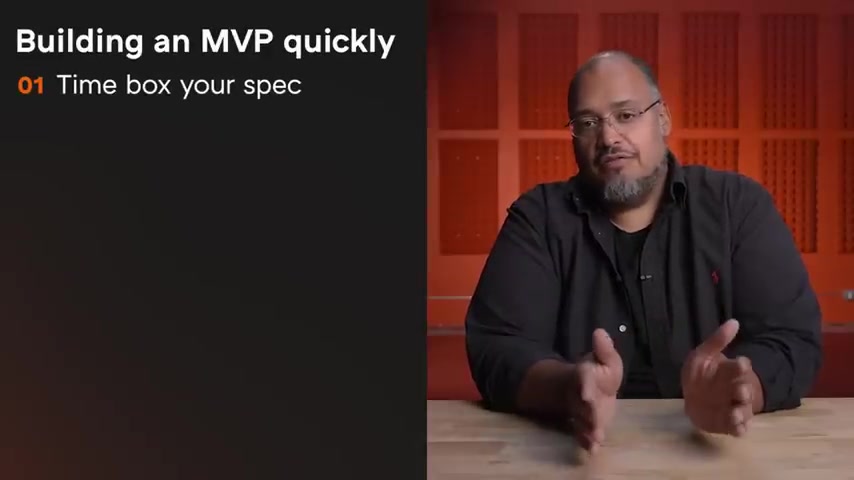
One give yourself a very specific deadline .
It's a lot easier to make sure that you're building something that's the minimum viable product .
If you give yourself two weeks or a month or a month and a half to complete it , versus if you don't give yourself a deadline .
Second , write down your spec .
If you think that there are five or 10 features required in order to launch an M V P , write them all down , don't put yourself in the position .
We are constantly trying to figure out should we have that feature ?
Should we not have that feature ?
I don't remember the feature we talked about the other day .
How should it look ?
How should it work ?
If you write it down , then you can just focus on building instead of continuously debating what should be built .
Number three , cut that spec after you write all that stuff down , go through each one of those items and ask yourself does a truly desperate customer need that feature to start ?
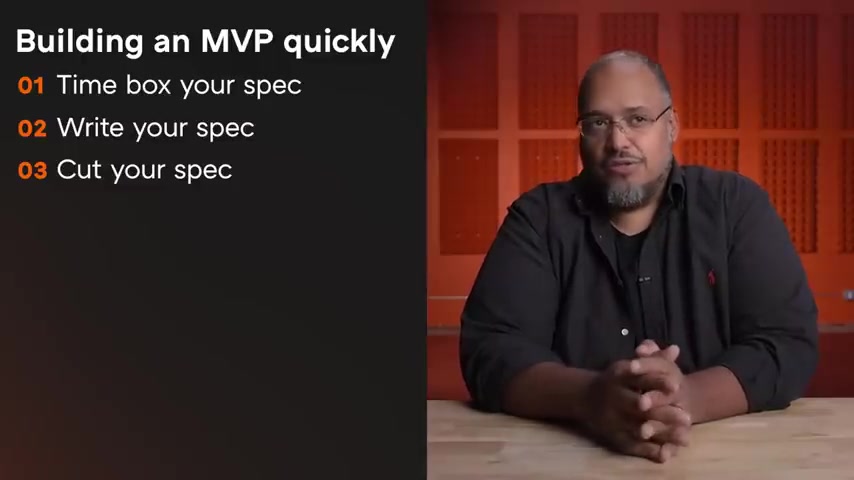
You'll probably be surprised at how many features you can leave off for the 2nd , 3rd or fourth version of your product and just get the basic stuff out first .
And then number four and most important , don't fall in love with your MVP .
It's gonna change , you're gonna iterate it .
It's going to get very , very , very different over time .
You want to do it fast and you don't want to fall in love with it .
You want to fall in love with your customer with your user , not in love with the crappy initial product that you're building to start learning from that user .
All right .
So hopefully you don't need any more convincing .
You understand that the simplest and easiest path and the smartest and most Jedi path is to build and launch your product and then iterate it .
And so I wish you all a lot of good luck and while you're building , remember one thing , it's far better to have 100 people love your product than 100,000 who kind of like it .
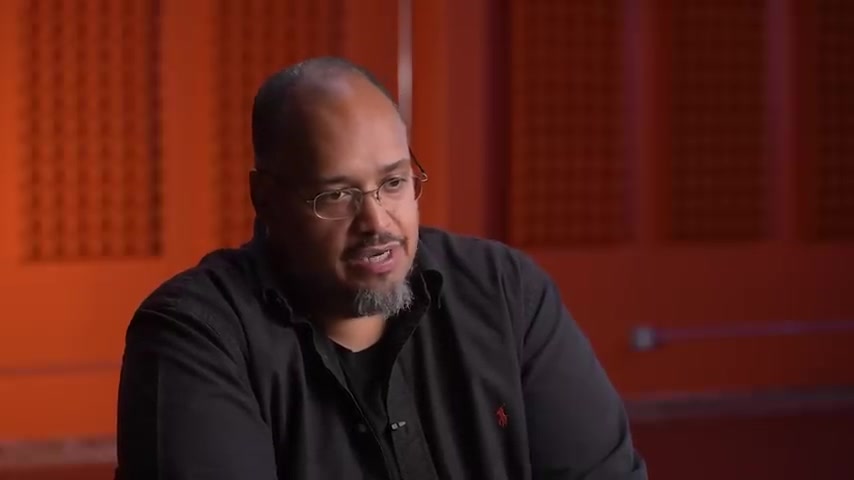
So when you're releasing that M V P , it's totally ok to do things that don't scale and recruit those initial customers one at a time .
If you care about those customers , I promise you they will talk to you that you can work with them and you can help them figure out how to solve their problems .
And as a result , I figure out how to build a great product for them .
Thank you very much and good luck .
Are you looking for a way to reach a wider audience and get more views on your videos?
Our innovative video to text transcribing service can help you do just that.
We provide accurate transcriptions of your videos along with visual content that will help you attract new viewers and keep them engaged. Plus, our data analytics and ad campaign tools can help you monetize your content and maximize your revenue.
Let's partner up and take your video content to the next level!
Contact us today to learn more.